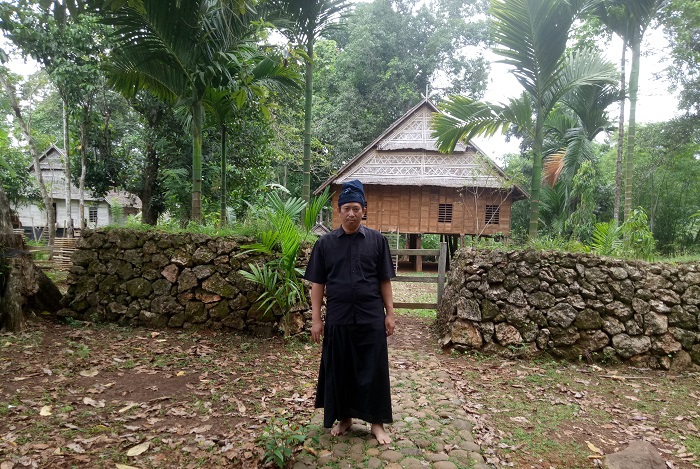By: M. Farid W Makkulau
PALONTARAQ.ID – AFTER obtaining permission, whoever it is, including district or provincial officials, including the President, even though they must comply with the procedures applicable in the Ammatoa Kajang customary area.
Among these rules, you must wear all-black clothes and not wear footwear. Visitors also have to understand whether the boundaries of a region can take pictures or not.
Inside the customary area, the clothes are typical of all black people. Black is considered to represent a mixture of all colors and represents the living philosophy of the “Akkamase-mase” of the Kajang Indigenous community, that life also starts from the dark and goes to a dark place. From the womb, then to the tomb.
The most important thing to remember and not to be reminded by the public or the ministers surrounding Ammatoa is not to take pictures of Ammatoa. Because Ammatoa’s figure is purified. Ammatoa leadership in the Kajang Customary Zone is valid for life.
Lihat juga: Bercermin dari Kearifan Lokal Ammatoa Kajang
Ammatoa is a sacred and full of magical power, mastering Pasang ri Kajang – an oral culture inherited from generation to generation from the ancestors of the Kajang Tribe. Life of the people of the Kajang tribe, residents of the Ammatoa customary area, are centered on these rules.


Ammatoa never left the customary area. Culturally, he is not allowed. His figure and contents of his house must not be photographed, tourists are free to photograph the activities of the Kajang community to the limit of the meeting house (Balla A’borong).
The Travelers, Researchers or Tourists can also meet Ammatoa in the Benteng Village in the Kajang Customary Zone, but to find his house must ask the local residents and should be accompanied by a person known as Ammatoa and who can speak Konjo Languange.
Lihat juga: Tips Traveling ke Kawasan Adat Tana Toa Kajang
In the Kajang customary area, all houses are the same size and look similar, also the direction is the same which is west (Qiblat). If you decide to stay overnight, one thing to note is that there is no electricity and there are no motorized vehicles.
The Kajang community intentionally steered clear of modern life, and that is what is known as the “Akkamase-mase” principle of life. According to local custom, the simplicity of life can be better maintained without the presence of these modern items. Almost all of their life needs are fulfilled by various forest resources.

For visitors who want to enjoy electricity and electronic goods, there is an option to live in two other hamlets outside the cultural gate or called Tana Lohea.
Lihat juga: Ammatoa: Jika tak Kerja, berarti Mau jadi Pencuri
Once up to the Kajang Tribe stage house, right next to the door, visitors will find a kitchen. In addition to the kitchen, the face of the house in the form of an open area without insulation. The more backward, there are steps about 30 centimeters with two chambers. The right booth is for parents, while the left cubicle is for girls and newly married children.
As for the ceiling of the house, a traveler or traveler can see ‘deposits’ of citizens. When the harvest is large, not all results are spent. The Kajang people usually store it on board shelves on the ceiling of the house to donate when their neighbors hold a ceremony.
Women in the Kajang customary area are women who actively contribute to their family’s economy by weaving their own cloth. If you see a Kajang woman only in a sash, you should not take a picture or gossip about it, because it is a sign that the woman is grieving or that her family has recently died. (*)



